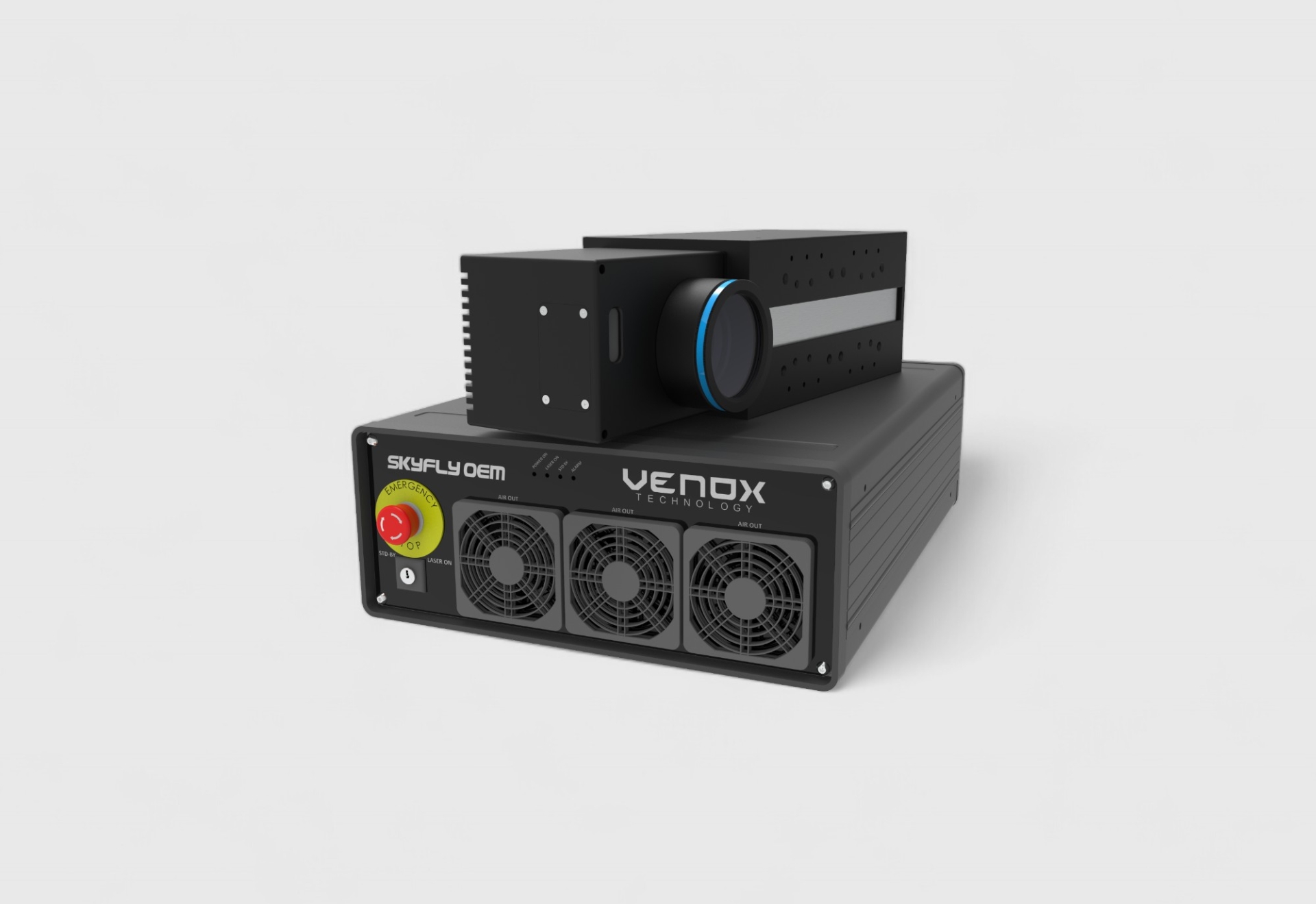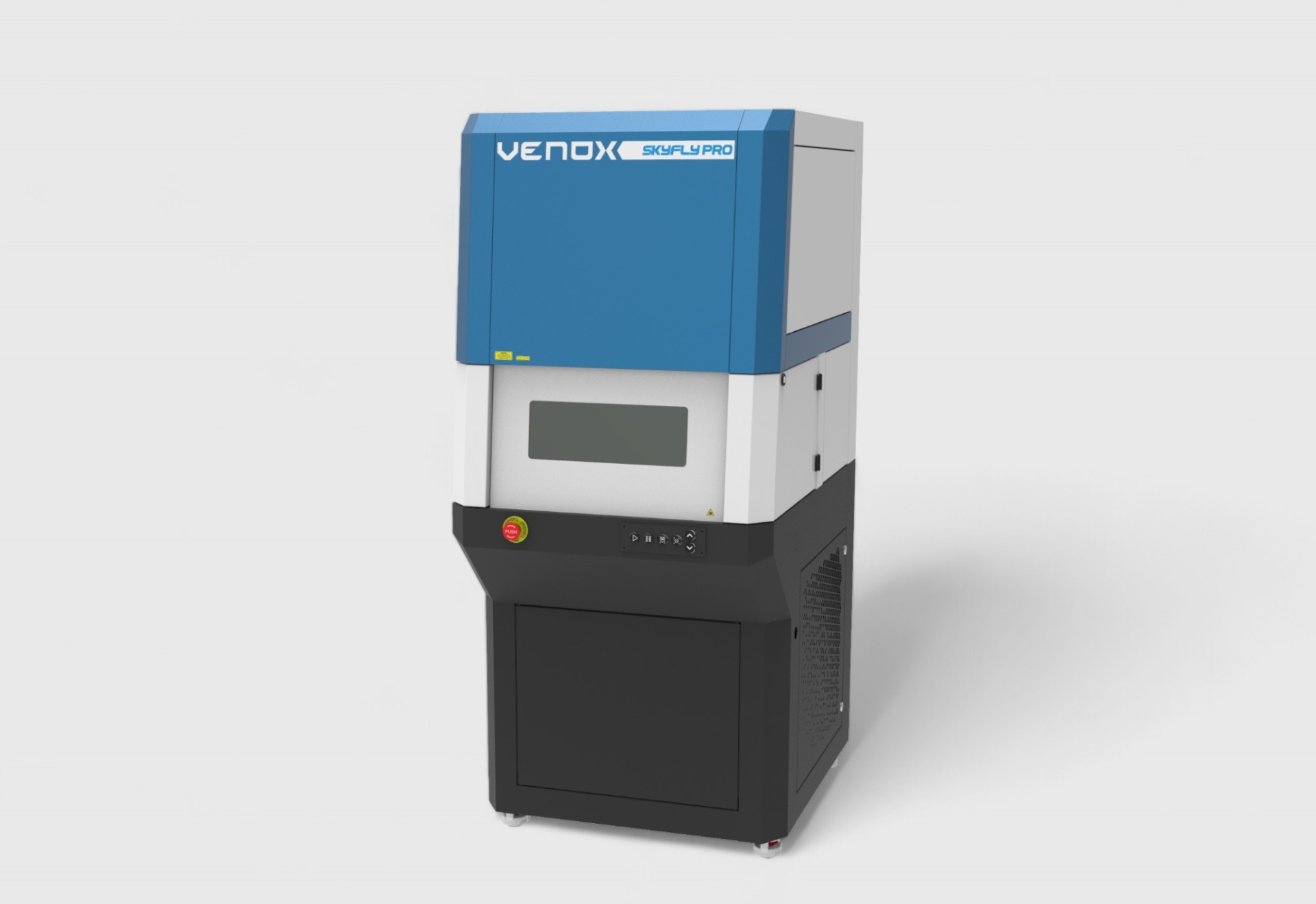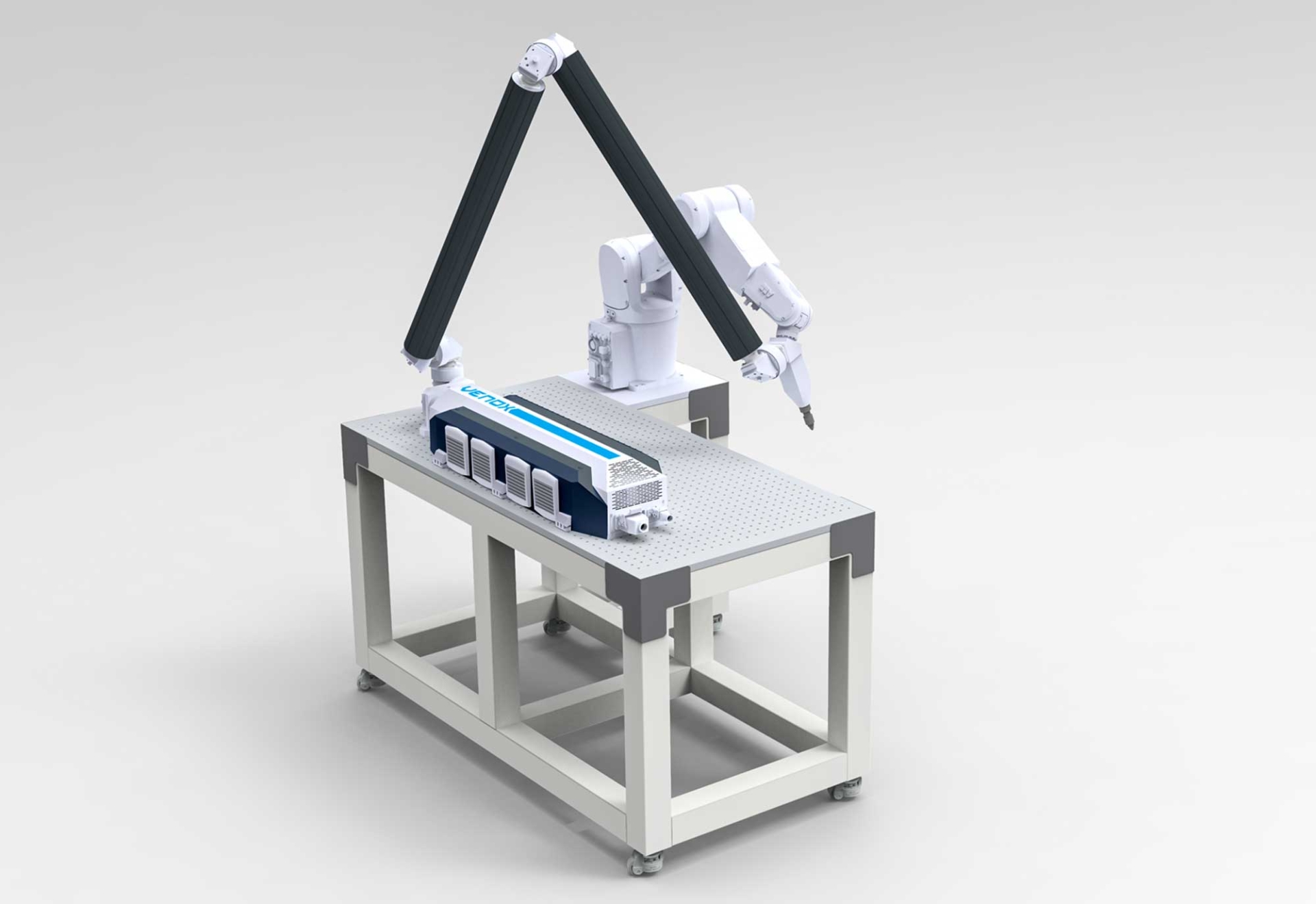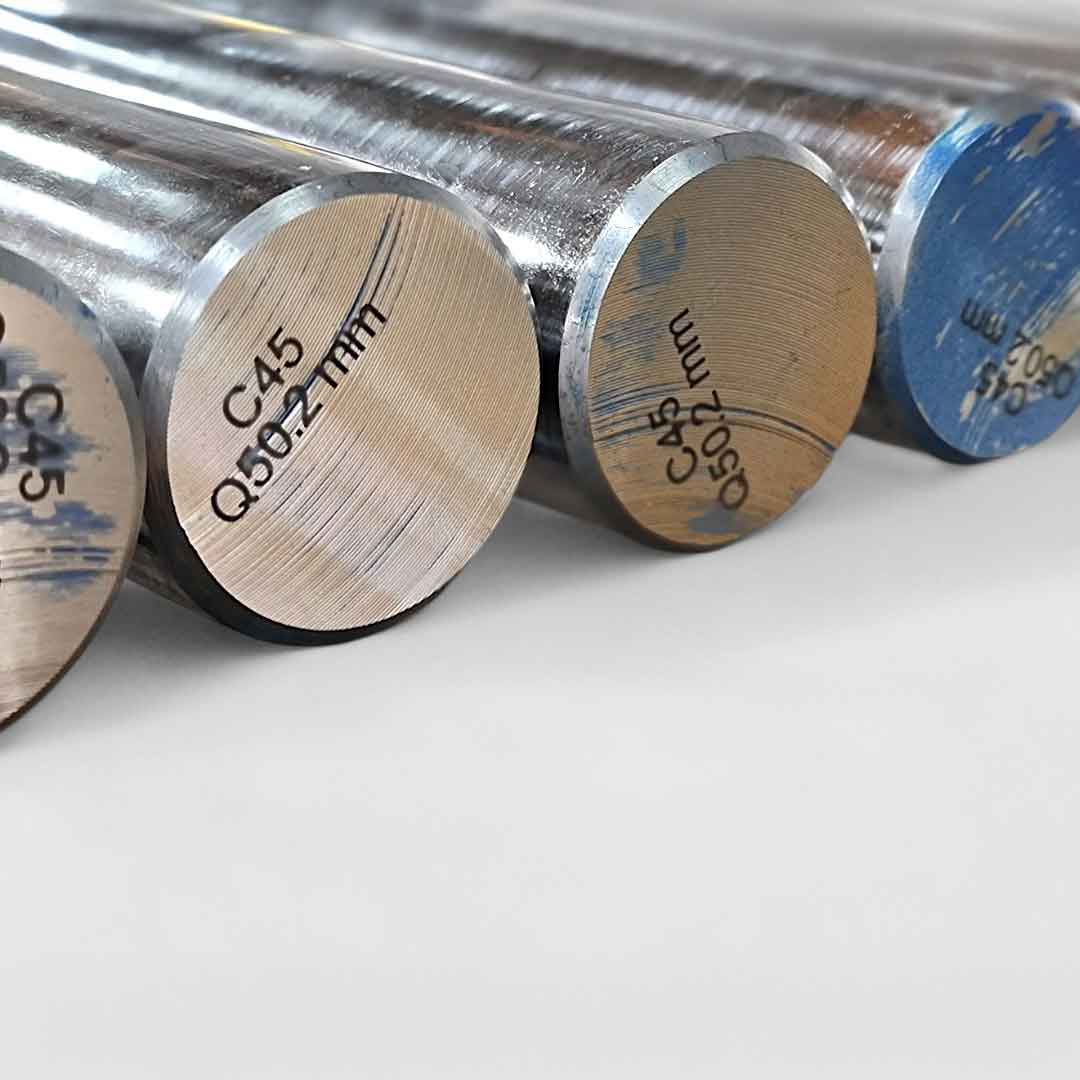Portable Laser Marking Machines Guide: In Which Scenario Should They Be Preferred and Why?
While traditional industrial laser marking systems operate integrated into fixed production lines, today’s increasing variability in production areas and the rise of field operations have made “portable laser marking machines” increasingly popular. In this guide, we examine the advantages of portable laser marking machines, the scenarios in which they are preferred, their technical criteria, and the key factors to consider when making an investment decision — all step by step.
Portable Laser Marking Machines: Advantages and Application Areas
In the past, laser marking machines were typically placed in large-volume production lines; today, portable models offer an important alternative for flexible production, field applications, mobile maintenance-marking, and similar use cases.
What Does Portable Laser Marking Mean?
It refers to a version of a laser marking system that is not mounted to a fixed production line but instead designed to be lightweight, portable, and carried by the operator when needed. For example, a device may weigh only 3–6 kg, offer a battery option, or be mounted on a wheeled chassis for quick movement to different locations. :contentReference[oaicite:0]{index=0}
Advantages of Portable Laser Marking
The main advantages offered by portable laser marking machines include:
- Flexibility: Marking can be performed directly in the field, at a service point, during maintenance processes, or at the customer’s location — not only in the workshop. :contentReference[oaicite:1]{index=1}
- Space Saving: No large dedicated space is required for a fixed-line system; it can operate independently of the production line. :contentReference[oaicite:2]{index=2}
- Easy Installation and Quick Start-up: The system can be put into operation quickly without the need for complex layouts, cabinets, or conveyor systems. :contentReference[oaicite:3]{index=3}
- Low Operating Cost: Portable models generally have lower power consumption and maintenance requirements compared to large laser cutting/marking machines. :contentReference[oaicite:4]{index=4}
- Mobile Service and Field Solutions: Preferred in scenarios such as maintenance-repair, mobile sample processing, or customer-special applications performed on-site.
Application Areas of Portable Laser Marking
These machines stand out particularly in the following scenarios:
- Field maintenance-service applications: When transporting large equipment/parts to fixed production lines is difficult.
- High-volume but variable production lines: Facilities that need to mark different products on the same line.
- Promotional and personalization production: Low-volume but highly diverse jobs such as jewelry, watches, and gift items.
- Mobile production/workshop systems: Container production, mobile production lines, etc.
Technical Criteria and Investment Decisions for Portable Laser Marking Machines
There are technical and investment criteria to consider when selecting a portable laser marking machine. This section examines these criteria in detail.
Weight and Ergonomics
Under the definition of “portable,” the weight, size, and portability features of the device (such as a wheeled chassis or battery option) are important criteria. Lightweight machines provide quick setup and easier mobility during field applications. :contentReference[oaicite:5]{index=5}
Laser Power and Marking Capacity
The power of a portable laser marking machine should be selected based on the type and volume of the material to be marked. For example:
- 20–30 W fiber laser: Basic level for metal marking.
- 10–20 W diode or low-power fiber: For plastics, aluminum, and surface marking.
- 50 W and above options should be considered for high-volume or deep marking tasks.
Working Area and Focus System
The working area of portable machines is usually smaller compared to large fixed-line systems; however, it must be sufficient for field applications. Additionally, the focus and lens system must be flexible, as the device may need to operate at varying heights in field environments. :contentReference[oaicite:7]{index=7}
Material Compatibility and Surface Preparation
The materials to be processed should be determined beforehand, and the device’s compatibility with different materials (metal, plastic, stone, etc.) must be considered. Especially in field applications, it may be difficult to find a clean surface, steady lighting, or a stable platform, so the device should be highly tolerant of environmental variations. :contentReference[oaicite:8]{index=8}
Connectivity, Software, and Data Integration
Modern laser marking machines not only perform marking but also generate data, create serial numbers, and process barcodes. For portable devices, software compatibility, USB/Bluetooth connectivity, operator interface, and ease of use in mobile environments are important factors. :contentReference[oaicite:9]{index=9}
Investment and Return Approach
When evaluating an investment in a portable laser marking machine, the following points should be considered:
- Initial investment cost
- Operating and maintenance costs
- Added value gained through field applications
- Whether integration into the existing production line is required
Key Factors for Field Installation
When setting up a portable laser marking machine in the field, the following factors should be taken into account:
- Power source and cable length
- Protective measures (operator safety, laser safety goggles, environmental protection)
- Cleanliness and light control of the environment
- Stabilization of moving parts
Conclusion: In Which Field and Production Conditions Should Portable Systems Be Preferred?
In summary, portable laser marking systems are most suitable for:
- Businesses that operate not only on fixed lines but also in the field, in service, or on variable production lines
- Facilities requiring variable marking on different product types
- Producers seeking flexibility and diversity rather than high-volume output
- Service areas where on-site marking is required, such as maintenance or repair







